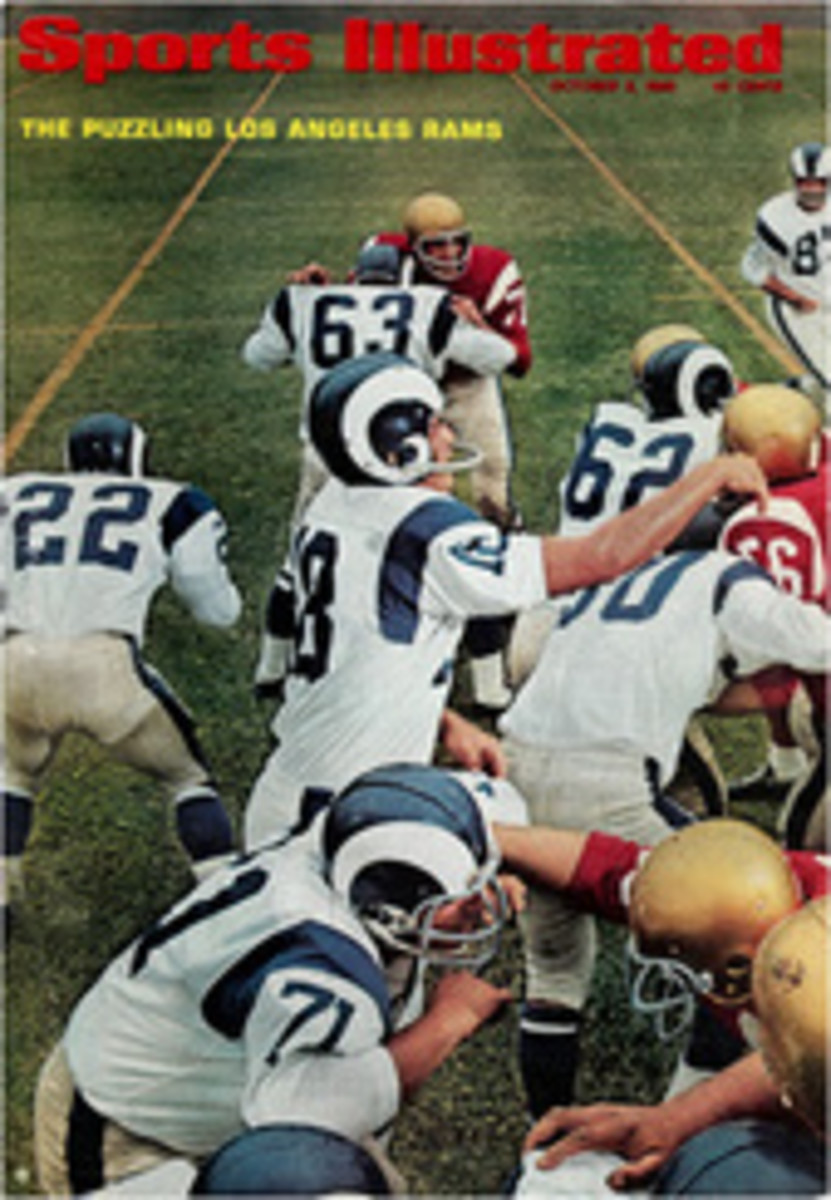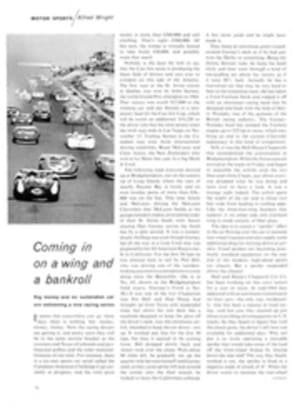
The biography of a man who brought home to us the world of wild animals
There are many monuments to James L. Clark in many cities of the U.S., but the greatest of them is in New York, in that endlessly fascinating, labyrinthine storehouse of the world of nature, the American Museum of Natural History. Here, in the great, dim hall dedicated to African mammals, stands a majestic group of elephants frozen in a timeless moment as they wander down some long-forgotten trail; here are the marvelously lifelike groups of lions, giant eland, giraffes, gorillas and others of that all but vanished wilderness; here is perhaps the most hauntingly evocative habitat group ever assembled, that of the wild dogs of the open plains, poised—ears pricked and sharp noses pointing—on a low hill reconnoitering a distant group of antelope grazing peacefully in the last red rays of the setting sun. James Clark knows them well. Some of them he shot, most of them he had prepared for display and all are a tribute to his nearly 60 years of portraying the incomparable wildness of the animal world he knew and loved all over the globe.
He is 82 years old now, long since retired but far from inactive: he is Director Emeritus of Preparations and Installations in the museum, and his book. Good Hunting (University of Oklahoma Press, $5.95), is a refreshing surprise in an extraordinary career. He evokes a world as challenging and as exciting as it must have been to him when he first set foot into it one summer day in 1902, when he was 18 years old.
He came out of the unlikely environment of a silverware plant near Providence where he had his first job and attended evening classes at the Rhode Island School of Design. The director of the school had a friend who had recently been appointed director of the American Museum of Natural History—and this progressive and lively man. Dr. Herman C. Bumpus, had some startling ideas to improve his animal exhibits. He wanted to show the animals in lifelike poses instead of showing dead and dusty skins. So Dr. Bumpus wrote to his Rhode Island friend, who called on Clark, and so it was that Clark came to work in New York and started sculpting animal forms.
Six years later he was in Africa, all on his own. By this time he had already made a name for himself in his new, strange field. He had become friends with Carl Akeley, the man who first developed a way of modeling and mounting animals so that they looked alive. He had worked side by side with young Roy Chapman Andrews, who was to become one of the greatest of all expedition leaders. He had saved up a thousand dollars, and when he saw a chance to go to Africa on a photographic safari he took it—and therewith his life of adventure really began.
What a fascinating place Africa was then! It was wide open, and it was wild. There were few railroads and no automobiles: safaris fitted out for trips of several months at a time, and animals were everywhere. So was danger: Clark's first trip, into the elephant country on Mount Kenya, brought him the closest brush with violent and unexpected death he was ever to have when, walking down an elephant trail one night, he stepped into a camouflaged pit and fell 10 feet, straight down. He missed two sharpened slakes on the way, one as high as his shoulder, the other one rising to within four inches of his crotch. And many times he stood next to his photographer, guarding him while he took pictures of everything from elephants and rhinos to lions.
The rhinos were particularly exciting. "If they charged," Clark writes, "I let them approach until I heard the "click' of Dugmore's camera; then, knowing a picture had been taken, I took over to turn them or stop them." Sometimes that camera didn't click until the rhino was 15 yards away: once, on a later occasion, when two rhinos charged, it was the gun that clicked—on a faulty cartridge—and Clark and his companions found themselves racing around in a 25-foot circle playing tag with rhino until a Masai spear and a shot scared them off.
Africa was Clark's first love and remained so always: he returned there four more times on major expeditions, the last one after World War II. But in the years between he traveled all over the world on collecting expeditions. One of these, in 1926, took him to central Asia in search of the fabled Marco Polo sheep. Before this trip was over (he was away for a year) he would traverse the Gobi Desert, a 2,000-mile trip in early winter on camelback and horseback, to the borders of Siberia. And, again, this trip almost cost him his life, in a totally unexpected fashion: riding in freezing darkness one night, his small party was taken prisoner by Mongol tribesmen, bound hand and foot with cords that were then shrunk with hot water in a form of slow torture, and thus held for 30 hours, all the while in instant expectation of being shot. Turned over to Soviet authorities after a 350-mile trek to Khobdo, they were taken under guard to Novosibirsk, another 350 miles, and there put on a train for Peking.
It was a rich, exciting, always challenging life for nearly 60 years. If we have James L. Clark to thank for bringing so much of this world back home and setting it up behind glass for all of us to see, we also have him to thank now for telling us how it was done; and it makes a grand and evocative story.

